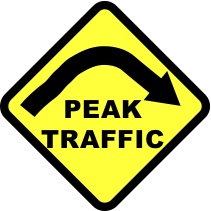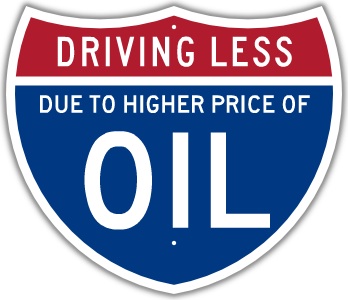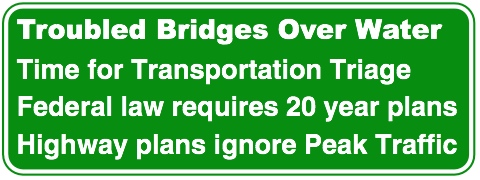Multiple Bypass Surgery: trillion dollar plans
A state by state list of highway plans and freeway fights
| Trillion Dollar Highway Plans = Multiple Bypass Surgery a state by state list |
|
| High Priority Corridors specified by Congress in 1991, 1995, 1998, 2005, 2012 |
|
| NAFTA Superhighways | |
| Corridors of the Future | |
| J. Edgar Hoover Parkway: transportation surveillance, mileage taxes, RFID & video tolling |
|
| Paving Appalachia:
Corridor A to X in AL, GA, MD, MS, NC, NY, OH, PA, SC, TN, VA, WV |
|
| Alabama | Nebraska |
| Alaska | Nevada |
| Arizona | New Hampshire |
| Arkansas | New Jersey |
| California | New Mexico |
| Colorado | New York |
| Connecticut | North Carolina |
| Delaware | North Dakota |
| Florida | Ohio |
| Georgia | Oklahoma |
| Hawai'i | Oregon |
| Idaho | Pennsylvania |
| Illinois | Rhode Island |
| Indiana | South Carolina |
| Iowa | South Dakota |
| Kansas | Tennessee |
| Kentucky | Texas |
| Louisiana | Utah |
| Maine | Vermont |
| Maryland | Virginia |
| Massachusetts | Washington |
| Michigan | Washington, D.C. |
| Minnesota | West Virginia |
| Mississippi | Wisconsin |
| Missouri | Wyoming |
| Montana | |
PeakTraffic.org highlights some of the major road expansions planned in the United States for the rest of the oil era. A crude estimate is that the total cost would be well over a trillion dollars, but precise prices are not possible to provide.
The trillion dollar total comes from looking at the various High Priority Corridors promoted by Congress, the level of appropriations in the 1991, 1998, 2005 and 2012 surface transportation laws (the 2012 law was about $100 billion for two years, although this included lots of road maintenance and public transit projects), and a bit of speculation.
In Oregon, where I live, the highway wishlist for what is euphemistically called "modernization" (widening highways and building bypasses) has been conservatively estimated at $18 billion for the state highway network. Oregon has a little more than one percent of the US population. Oregonians are 1/75th of the country, and if road funding levels per capita are the same as other states, then 75 times the Oregon highway plan would equal $1.35 trillion. However, many states have significant "new terrain" highway projects that are more ambitious (and expensive) than anything planned in Oregon, so a trillion and a third is probably an underestimate.
Most large roads are "federal aid" highways, largely paid for by Federal gas taxes and Congressional appropriations. Local governments play a role in highway approvals but the ultimate decision for Federal aid highways is made by Federal Highway Administration (FHWA). Many road approvals also require other federal permissions regarding environmental impacts, wetland destruction permits, historical property impacts, air pollution problems and other regulatory complexities. State and local governments play roles in these approvals but Federal aid highways are Federal projects not directly subject to local decisions.
There have been many small and medium road proposals (and a few large ones) that have bypassed Federal funding, usually to avoid Federal legal requirements on enviornmental laws, Federal design requirements or other laws and regulations that are impediments to destructive construction projects. A few new and widened roads have even been built as public private partnerships, where private industry finds investment capital to pay for part of the project and then operates the new toll road or toll lanes.
I have been unable to find a complete list of all planned road expansions. I doubt even most Federal Highway Administration officials have that (the information is too fragmented and convoluted for a simple summary). A comprehensive description would include the countless small roads built by cities and counties but that would fill an encyclopedia.
Text in italics is from the Congressional description of the High Priority Corridors.








